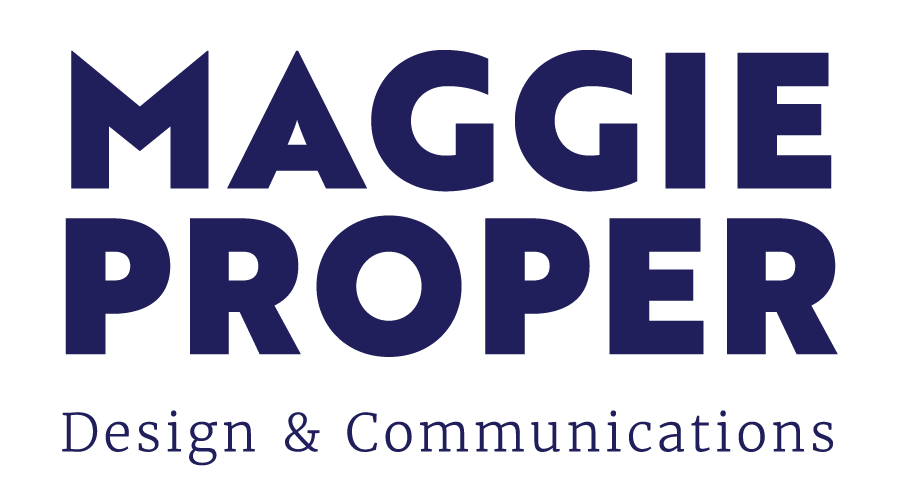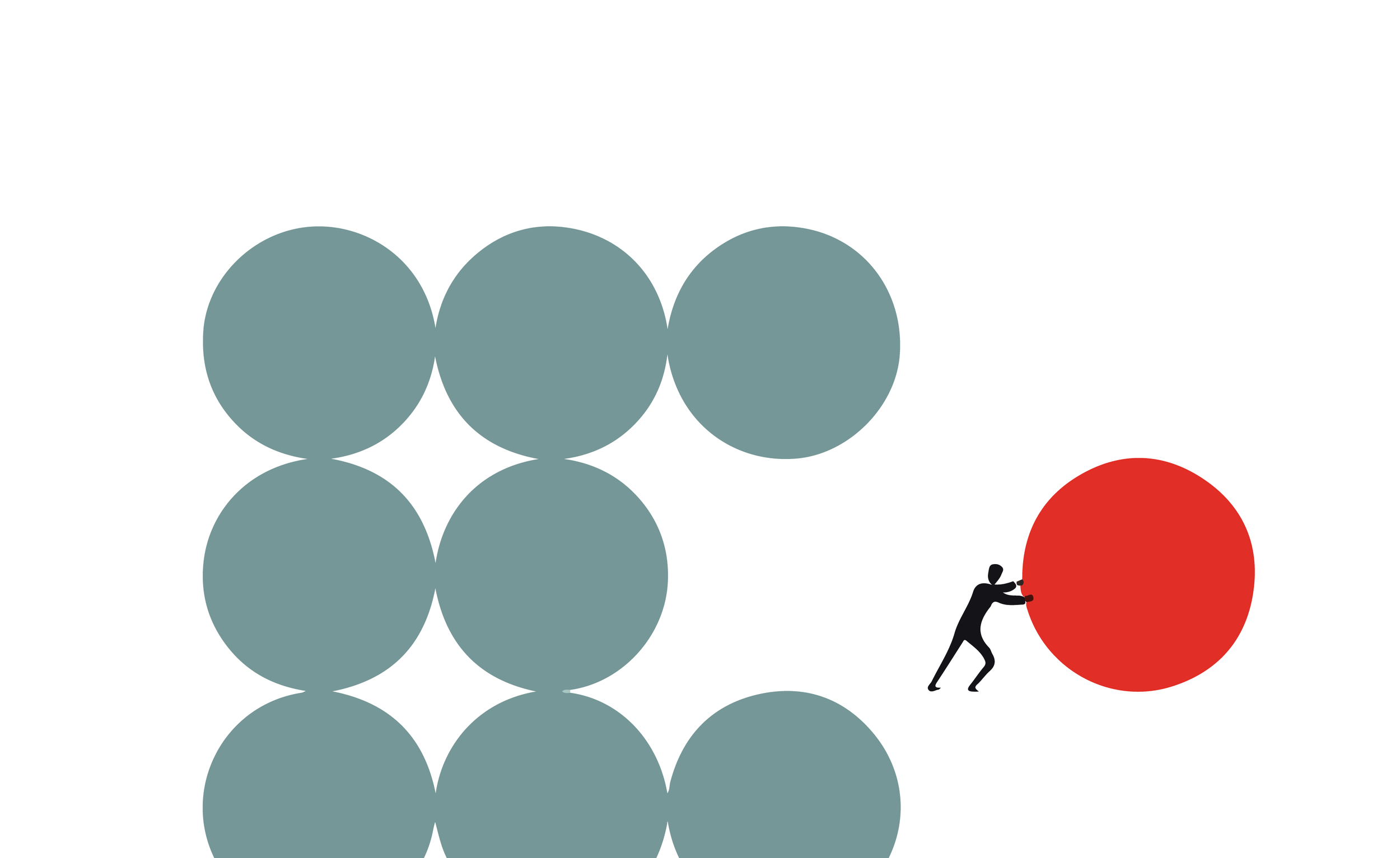From Insight to Innovation: Exploring Ideation Through App POVs
After developing six point-of-view statements across Snapchat, Spotify, and Prime Video, I wanted to push beyond analysis and into imagination. Ideation techniques gave me the tools to do that; to step into each user’s mindset, question assumptions, and uncover creative possibilities hidden beneath everyday frustrations. Each method I used, from brainwriting to storyboarding, revealed something unique about how design thinking turns empathy into innovation.
Snapchat: Designing for Authenticity and Simplicity
Snapchat has always promised spontaneity, but I wanted to explore how its features could feel even more genuine and pressure-free. For the college-aged user craving authenticity, brainwriting became my launchpad. With no filter on ideas, I filled the page with quick, impulsive thoughts; snaps that vanish after a few views, comfort filters that soften photos without heavy editing, or “vent snaps” that erase themselves after being seen. This rapid-fire process made me realize that the core appeal of Snapchat is release, users aren’t chasing perfection, they’re seeking freedom.
To build on that, I used SCAMPER to challenge the app’s current structure. By “eliminating” public Stories, I imagined a private-only mode that encourages real connection, and by “combining” streaks with wellness prompts, I reframed routine interaction into daily check-ins that nurture both friendship and mental health. The process showed that simple structural tweaks could make ephemeral sharing even more human.
For the second Snapchat POV, I wanted to tackle app fatigue; the exhaustion of toggling between too many platforms. Mind mapping helped me visualize connection as the center of everything, branching into chat, entertainment, and discovery. From that map came the idea of three separate modes—Chat, Story, and Explore—each with its own clean interface. Then, through role storming, I stepped into the shoes of two users: a stressed student and a casual scroller. Both wanted the same thing—clarity. Imagining their reactions grounded my ideas in empathy, proving that organization can be a form of care.
Spotify: Turning Sound Into Experience
Spotify’s strength lies in personalization, but I wanted to make discovery feel more adventurous. Using “How Might We” reframing, I asked: How might we make discovery feel more like exploration than algorithm? This led to ideas like concert-mode playlists that sync with local shows, or “sound journeys” that evolve as you travel. Through storyboarding, I traced a listener’s emotional journey from curiosity to fatigue, realizing that excitement often fades after a few skips. My solution—a “Taste Tracker” that visualizes how musical preferences shift over time—turns listening into a reflection of growth.
For the multitasking student, I used Worst Possible Idea brainstorming, intentionally imagining the most annoying features possible—ads blasting mid-exam, playlists that stop without interaction. Flipping those ideas revealed insights about flow and focus, inspiring adaptive focus modes and premium rewards for uninterrupted study time. I deepened this thinking through analogous inspiration, borrowing from noise-canceling headphones and meditation apps. The results “Digital Buffer” for offline playback and “Flow Soundscapes” for mood stability, connected sound design to emotional balance.
Prime Video: Clarity Over Chaos
Prime Video’s vast catalog often overwhelms users, so I used mind mapping to explore “choice.” Branching into discovery, recommendations, and categorization led to curated “mood packs” and quick-start buttons that remove decision fatigue. Through SCAMPER, I adapted the process by reversing the search: instead of endless browsing, users could answer two quick questions—“How much time do you have?” and “What mood are you in?”—to get personalized suggestions.
For cost-conscious viewers, brainwriting produced ideas like a color-coded system for included titles and monthly “value statements” to highlight subscription savings. Then, through storyboarding, I visualized the frustration of clicking on a film only to learn it’s not included. This exercise revealed how a simple availability filter could restore trust, reducing confusion and disappointment.
Reflecting on the Process
Across every app, ideation reminded me that creativity isn’t about chasing novelty—it’s about empathy and perspective. Techniques like brainwriting free ideas from self-censorship, while storyboarding and role storming root them back in lived experience. Together, they show that the best design ideas don’t start with features; they start with understanding how people feel when they use them.
See more of my Ideation Process for my App POVs


